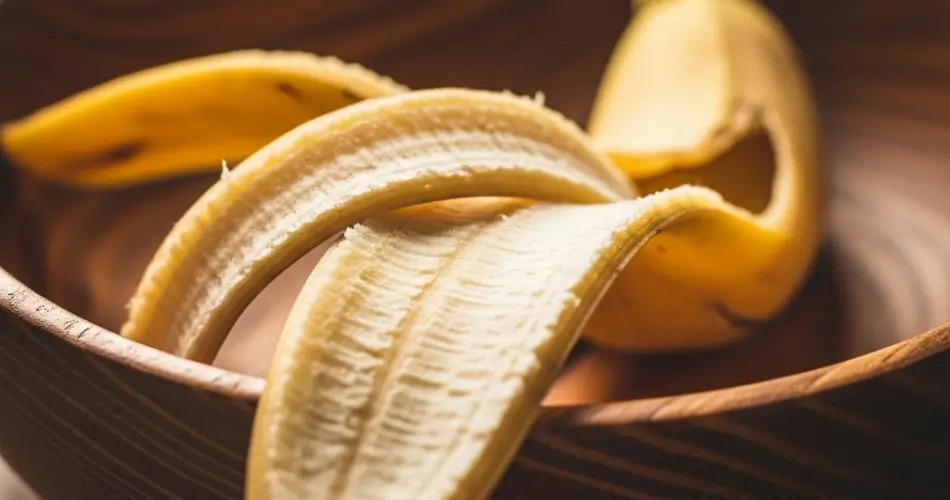Bananas are one of the most popular fruits worldwide, loved for their sweet flavor and nutritional benefits. But did you know that parts of the banana plant that are often discarded — like the peel and even the stalk — can actually be invaluable for your garden and plants? Instead of throwing these parts away, you can use them to nourish your plants naturally and boost growth in your urban garden or home garden.
In this article, we will explore why banana peels and other banana plant parts are considered gardening treasures, how to use them effectively, and the many benefits they bring to your plants and soil.
Why Are Banana Peels and Other Banana Plant Parts Valuable for Plants?
Banana peels and plant residues are rich in essential nutrients that plants need to thrive. They contain potassium, phosphorus, calcium, magnesium, and trace elements — all of which contribute to healthy plant growth, flowering, and fruit production.
Potassium is particularly important because it strengthens plant cell walls, improves drought resistance, and aids in photosynthesis and nutrient transport. Banana peels have one of the highest natural potassium contents, making them a powerful fertilizer.
Additionally, banana peels are biodegradable and improve soil structure by increasing organic matter content, which enhances moisture retention and aeration.
How to Use Banana Peels in Your Garden
There are several simple and effective ways to incorporate banana peels and other banana plant parts into your plant care routine:
1. Banana Peel Fertilizer Tea
One of the easiest methods is to make a banana peel fertilizer tea:
-
Chop banana peels into small pieces.
-
Place them in a jar or container and cover with water.
-
Let the mixture steep for about 3-5 days at room temperature.
-
Strain the liquid and use it to water your plants.
This “tea” delivers a quick nutrient boost directly to your plants’ roots and can be used on indoor and outdoor plants alike.
2. Direct Composting
Add banana peels and other banana scraps directly to your compost bin or pile. They decompose quickly and help accelerate the composting process by providing potassium and other minerals to the final compost mix.
3. Burying Peels Near Plants
You can bury chopped banana peels a few inches deep near the base of your plants. As they break down in the soil, they release nutrients slowly, feeding the plants naturally over time.
4. Using as a Mulch
Dry banana peels can be chopped finely and used as mulch around plants. Mulching helps conserve moisture, suppress weeds, and gradually enrich the soil as the peels decompose.
Benefits of Using Banana Peels and Plant Parts
Natural and Sustainable Fertilizer
Using banana peels is an eco-friendly way to recycle kitchen waste and reduce reliance on chemical fertilizers. It’s a zero-cost resource that promotes sustainable gardening practices.
Improved Soil Health
The organic matter from banana peels boosts soil microbial activity, leading to healthier soil ecosystems. Healthy soil supports robust root systems and better nutrient uptake.
Encourages Flowering and Fruit Production
Potassium from banana peels is crucial for flowering and fruiting. Plants like tomatoes, peppers, roses, and fruit trees benefit immensely from potassium-rich natural fertilizers.
Pest Deterrence
Some gardeners report that placing banana peels around plants can deter aphids and other pests, though this may vary depending on the garden environment.
Other Banana Plant Parts You Can Use
While banana peels are the most commonly used part, don’t overlook other banana plant parts:
-
Banana stalks: These fibrous parts can be composted or shredded to add organic matter to the soil.
-
Banana leaves: If you have access to fresh banana leaves, they make excellent mulch and can also be used to wrap seedlings to retain moisture.
-
Banana flower: Though mainly edible, leftover banana flowers can also be composted.
Tips for Using Banana Peels Safely in Your Garden
-
Always use organic bananas if possible to avoid pesticide residues.
-
Chop peels into small pieces before composting or burying to speed up decomposition.
-
Avoid piling whole peels on the soil surface, as this can attract unwanted pests like rodents or flies.
-
Use banana peel fertilizer tea within a week for best nutrient potency.
Simple DIY Banana Peel Fertilizer Recipe
Here’s a quick recipe to get started with banana peel fertilizer tea:
Ingredients:
-
2-3 banana peels, chopped
-
1 liter (about 4 cups) of water
Instructions:
-
Place chopped banana peels in a jar or container.
-
Pour water over the peels and cover loosely.
-
Let it steep for 3-5 days at room temperature.
-
Strain the liquid into a watering can.
-
Use the banana peel tea to water your plants once a week.
Conclusion
Next time you enjoy a banana, don’t throw away the peel or other parts of the plant! These natural treasures offer a simple, sustainable, and effective way to nourish your plants and enrich your soil. Whether you use banana peel tea, compost them, or bury peels near your plants, you’ll notice healthier growth, more vibrant flowers, and better fruit production.
Incorporating banana plant parts into your gardening routine is not only great for your plants but also a smart way to reduce kitchen waste and support eco-friendly gardening.
Start using this natural fertilizer today and see how your urban garden or home garden flourishes like never before!



